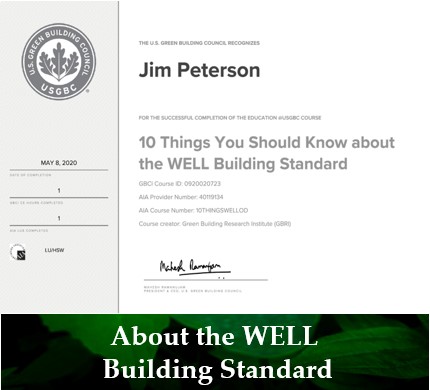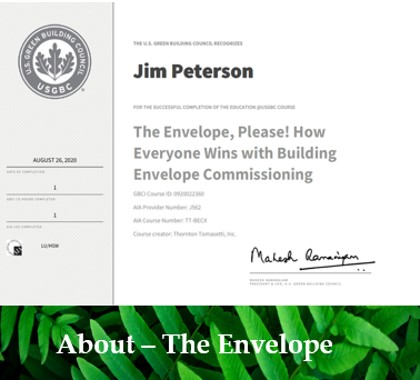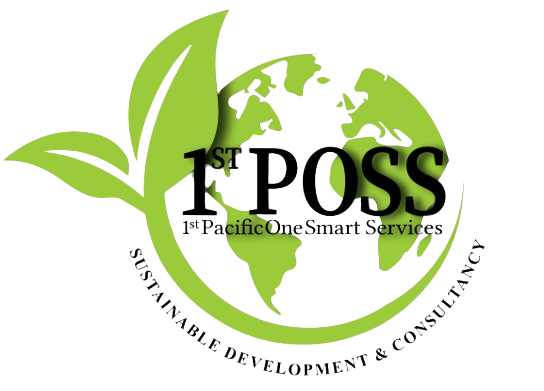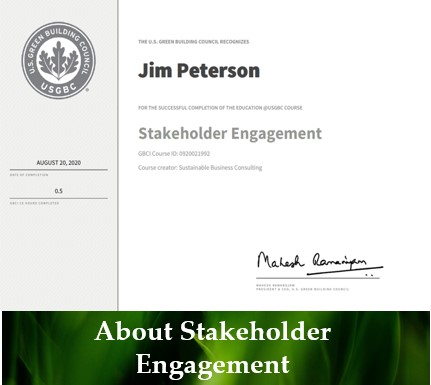

PROJECT DETAILS
Our ‘government’ refers to the air quality within and around buildings and structures, especially as it relates to the health and comfort of buildings occupants. LEED refers to indoor Environmental Quality (IEQ) encompasses the conditions inside a building – air quality, lighting, thermal conditions, ergonomics – and their effects on occupants or residents. Knowing and understanding the controls for common pollutants indoors can help reduce your risk of indoor health concerns. Creating a better indoor environmental quality can enhance the lives of building occupants, increase the resale value of the building, and reduce the liability for building owners.
The physical components of the envelope include the foundation, roof, doors, windows, ceiling, and their related barriers and insulation. The dimensions, performance and compatibility of materials, fabrication process and details, connections and interactions are the main factors that determine the effectiveness of and durability of the building enclosure system. Control of airflow is important to ensure indoor air quality, control energy consumption, avoid condensation and providing comfort. Air movement flows through a system or paths that form the air barrier system. Essentially the building envelope provides a structural support for the building and serves to function as a control and regulate the components of, the light that flows in the building, and how the heat, air and water contribute to the buildings functioning.
We Americans are indoors nearly 90% of our time, and more than half of this time is spent in the home and since COVID we are increasingly spending more time inside our homes. To think about your homes indoor air quality, just look at all the cleaning supplies, including air fresheners produce organic gases. Those insecticides or pesticides you may have. Your car parked in an attached enclosed garage, unvented gas appliances, furry pets, the carpet with biological or organic gases and tile on the floor tiles containing asbestos and even the fireplace. These are just some of the issues that you should be concerned about when it comes to you indoor Air Quality!
Solutions We Provide
The condition or fitness of your ‘building or homes’ envelope factors greatly on the quality of your indoor air but first let’s define ‘building or home envelope. Purely stated, a building envelope is the interior and exterior of a building. Technically, a building envelope is the physical separator between the conditioned and unconditioned environment of a building including the resistance to air, water, heat, light and noise transfer.
So, we know that the ‘building envelope’ is the enclosure that includes the foundation, wall assembly, roofing systems, (attic etc..) glazing or windows, doors and all other penetrations. We work with you to help you understand how these systems all function together to give you the most effective and efficient ‘building envelope’. Becoming more sustainable, energy efficient, and ensuring the resiliency of the structure by altering the design of your home, can vastly affect the building efficiency. Keep in mind ‘energy efficient’ homes are less expensive to operate and they are more comfortable for the residents and more environmentally friendly. There are a number of strategies to increase the ‘energy efficiency of your home’, by employing better insulation and other high efficiency components. Also, the installing of high-performance appliances and monitoring and verifying their performance over their lifecycle is another approach to achieving a high efficient building.

